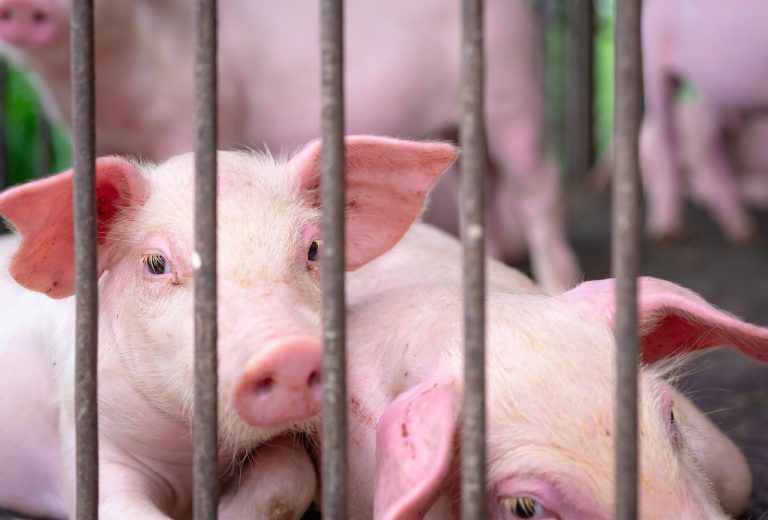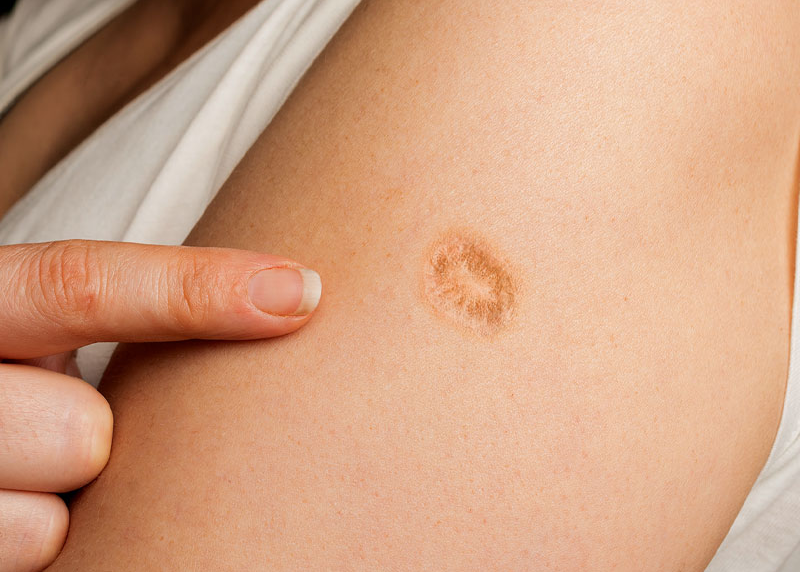Story Highlights
- Chinese researchers announced that they have developed a vaccine for African swine fever.
- Currently, there are multiple outbreaks of African swine fever in pig populations in Asia and in many countries in the European Union.
- Other researchers have argued that fast tracking an African swine fever vaccine can worsen outbreaks, particularly when using live attenuated vaccines.
Harbin Veterinary Research Institute, the country’s top research body on animal diseases, overseen by the Chinese Academy of Agricultural Sciences in China said that it has developed an African swine fever vaccine that has shown to be safe and effective in laboratory testing.1
The vaccine is a live attenuated vaccine (LAV) that was created from a series of gene-deleted viruses using the country’s first African swine fever strain as a backbone.1
According to Harbin Veterinary Research Institute, “The vaccine is currently the most promising one for commercial production and will provide important technical means for the effective prevention and control of African swine fever in China and other related countries.1
Currently, there is no licensed vaccine for African swine fever in the world.2
What is African Swine Fever and Why is It a Concern?
African swine fever (ASF) is a highly contagious hemorrhagic viral disease affecting both domestic and wild pigs.2 Clinical signs and mortality rates can vary according to the virulence of the virus and the type and species of pigs.3
Acute forms of ASF are characterized by high fever, anorexia and loss of appetite, hemorrhages in the skin (redness of skin on ears, abdomen and legs), abortion in pregnant sows, cyanosis, vomiting, diarrhea and death within 6-13 days. Mortality rates can be as high as 100 percent.3
Sub-acute and chronic forms of ASF are caused by viruses with moderate or low virulence, which produce less intense clinical signs that can manifest for much longer periods. Mortality rates are lower, but can still range from 30 to 70 percent.3
According to the United States Department of Agriculture (USDA), ASF is not a threat to human health and cannot be transmitted from pigs to humans.2
ASF has never been found among the pig population in the U.S. However, the concern about ASF is that the disease would have a significant impact on American pig livestock producers, their communities and the economy if it were to infect pigs in the U.S.2
Multiple ASF Outbreaks in Asia and Europe
ASF is found in countries around the world, particularly in sub-Saharan Africa. More recently, it has spread through China, Indonesia, and Philippines, as well as within parts of the European Union (E.U.).2
In August 2018, ASF spread among pigs across China and forced the killing of nearly 2 million pigs, which increased pork prices by almost 50 percent.4 For more than a year, the Chinese government has been trying to stop the spread of ASF but problems in local implementation have resulted in complications of the situation.
Despite the Ministry of Agriculture’s order to local governments to reimburse farmers for the culling of sick animals, some farmers were asked to provide proof that their pigs died of ASF to receive compensation, which was impossible for small farmers who produce roughly 50 percent of China’s pork.4 As a result, farmers have hesitated to report cases to health and agriculture officials and the slaughter and improper burial in tight agricultural spaces has increased the risk of the disease spreading.4
In February 2020, the Philippines confirmed that ASF had infected pigs in the south of the country, which accounts for nearly a third of the nation’s 12.8 million pig herd.5 Also in February 2020, the agriculture ministry in Indonesia said that it is tightening curbs on the transport of pigs and pork products after nearly 3,000 animals died in a new outbreak of ASF in an eastern province bordering East Timor.6
In January 2020, the European Food Safety Authority (EFSA) warned that the disease is slowly spreading across the E.U. A total of nine countries are affected, including Poland, Latvia, Lithuania, Estonia, Slovakia, Belgium, Romania, Bulgaria and Hungary.7
More recently, Greece has reported an ASF outbreak. Greek authorities are trying to find out how the disease reached the country. It is suspected that it came through neighboring Bulgaria where the incidence rate is high.
ASF Vaccine Candidates Developed in the U.S.
The latest of the three vaccine candidates developed by U.S. government scientists to prevent ASF in pigs is said to show promising results.8
“This vaccine was 100 percent effective at a very low dose. There was no sign of disease or fever in the animals,” said Douglas Gladue, a microbiologist at the USDA who developed the vaccine candidate.8
The three USDA vaccines were grown by using freshly harvested cells collected from live pigs. However, in order for a vaccine to be mass produced, it must be grown in a different kind of cell.8 Vaccine companies maintain banks of what are called “immortal cells” in which they grow vaccines. These “immortal cell lines” grow in cultures and do not die. The immortal cell lines differ from the live cells in which current vaccine candidates are grown. Vaccines created using live pig cells do not always survive the transfer to “immortal” cell lines. If they do, they must be widely tested to ensure they are effective and do not harm the pigs.8
Researchers estimate it could still take months, if not years, to grow enough vaccine to vaccinate the nearly 75 million domestic hogs in the U.S.8
“If vaccines can be developed from these candidates, it will take at least two to five years before it could reach the commercial market,” said USDA spokeswoman Tanya Brown.8
Fast Tracking an ASF Vaccine Could Worsen Outbreaks
Researchers from the National Veterinary Institute in Sweden and the Pirbright Institute in the United Kingdom have stated that ASF outbreaks could worsen if vaccine development is rushed.9 In an article published in Science, the authors Dolores Gavier-Widé, Karl Ståhl and Linda Dixon argue that in the rush to develop and deploy an effective ASF vaccine, quick solutions may instead make matters worse.10
The authors said that the most promising ASF vaccine results have come in the form of LAVs, which are genetically modified strains of the virus that trigger an immune response with reduced virulence.9 However, previous LAV failures have instead caused ASF-like disease and even spread the virulent form of the virus further.9
References:
1 Herper M. $125M effort to find coronavirus drugs started by Gates Foundation, Wellcome, and Mastercard. STAT Mar. 10, 2020.
2 Bloomberg News. China Says African Swine Fever Vaccine Effective in Lab Tests. Mar. 2, 2020.
3 Animal and Plant Health Inspection. African Swine Fever. United States Department of Agriculture.
4 Plaster M. Don’t Forget China’s Other Viral Outbreak. The Diplomat Feb. 28, 2020.
5 Channel News Asia. African swine fever outbreak spreads in Philippines’ southern provinces. Feb. 9, 2020.
6 Channel News Asia. New outbreak of African swine fever kills 3,000 pigs in Indonesia. Feb. 28, 2020.
7 Michalopoulos S. African Swine Fever outbreak in Greece raises eyebrows in Brussels. Euractiv Feb. 11, 2020.
8 Higgins J. African swine fever vaccine at least 2 to 5 years from commercial production. UPI Feb. 25, 2020.
9 The New Zealand Herald. African swine fever: Hastily developed vaccines could make outbreaks worse. Feb.10, 2020.
10 Gavier-Widé D, Ståhl K, Dixon L. No hasty solutions for African swine fever. Science 2020; 367(6478): 622-624.













